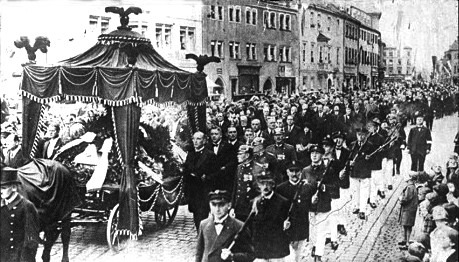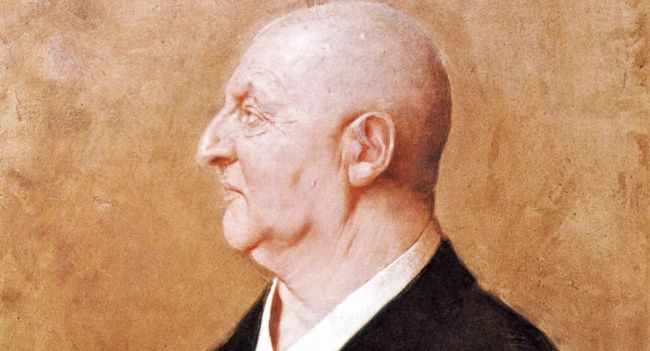Unless Andris Nelsons is intending to record “Die Nullte” (the D minor symphony Bruckner composed in 1869 between the first and second numbered works), this will be the final instalment in his cycle with the Leipzig orchestra, which has unfolded in parallel with his Shostakovich series across the Atlantic in Boston. Like the previous instalments, the performances of the First and Fifth Symphonies are taken from concerts in the Gewandhaus over the last three years, and like the previous instalments, too, the set is bulked out with bleeding chunks of Wagner, in this case the Prelude and Liebestod (without the soprano soloist) from Tristan und Isolde.


The First Symphony was first performed in 1868, but Bruckner revised the score in the early 1890s, though the changes he made were relatively slight. It’s that final version that Nelsons conducts, and its generally extrovert nature well suits his approach to Bruckner – buoyant and as transparent as the scoring allows. He’s at his most convincing in the outer movements, in which his refusal to over-emphasise any detail and willingness to allow the music to flow as naturally as possible pays dividends. There are moments in the slow movement, though, when he appears to get carried away by the lyrical beauty of the music and the way in which the velvety Gewandhaus strings shape it so that the performance loses direction and, temporarily at least, its focus.
Such lapses are an intermittent problem in the great spans of the Fifth Symphony, too, but they do have to be balanced against the sheer beauty of much of the performance; the magical opening bars of the first movement, emerging almost surreptitiously out of silence and steadily coming alive, set the standard of refinement for what follows. Nelsons may downplay the majesty of some of Bruckner’s climaxes, but his view of the work is undeniably an individual one.

This week’s other pick
Christian Thielemann had hardly completed his Bruckner cycle on DVD and CD with the Dresden Staatskapelle than he began another, this time with the Vienna Philharmonic for Sony Classical, and scheduled to be completed in time for the composer’s bicentenary in two years’ time. The Second is the third symphony to appear, in an account that is as secure and all-embracing as one would expect from a conductor who regards Bruckner as a central pillar of his repertoire, and an orchestra with a peerless pedigree in performing these works.
Thielemann’s approach is never heavy-handed or over-emphatic, but its traditional solidity contrasts sharply with Nelsons’ performances, which are, I suspect, ones more likely to convince the Bruckner agnostics.
